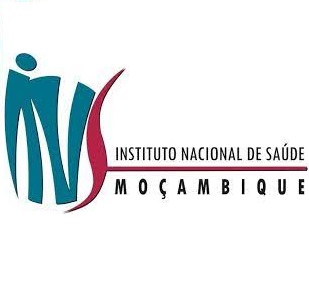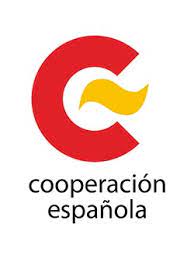Genomic surveillance for enhanced preparedness of emerging outbreaks through an integrated One Health and wastewater-based epidemiological approach in sub-Saharan Africa (EPILSON)
One Health approach recognizes the interconnectedness of human, animal, and environmental health. Low-resource countries, especially in sub-Sahara Africa, are hotspots of zoonotic diseases, including waterborne and viral diseases due to inadequate sanitation infrastructure, weak healthcare systems, climate change, and cultural practices. We hypothesize that an integrated surveillance platform allied to diagnostic tools would help to identify the dynamics of emerging infection to inform policy decisions. The goal of this collaborative research is to enhance genomic surveillance to detect and identify zoonotic pathogens of public health significance in sub-Saharan Africa through training and research. To achieve this goal, we plan to integrate One Health and wastewater-based epidemiological approaches to boost our pandemic preparedness and response in 5 countries in sub-Saharan Africa. This is by developing early warning public health systems through surveillance of potential zoonotic pathogens at the animal human interphase and environmental ecosystems.
Specific objectives
1. To develop an early warning public health system in Kenya, Ethiopia, Mali, and Mozambique using wastewater-based genomics to alert on the potential zoonotic pathogens to inform policy-making decisions.
2. Determine the recovery of enteric and respiratory viruses in wastewater using quantitative PCR-based
methods for detection and characterization.
3. To identify potential zoonotic pathogens circulating in the animal population that are in proximity to the human population using multiplex serological assays.
4. Create disease hotspot maps that identified regions in Kenya, Ethiopia, Mali, Mozambique, and South Africa that are at risk of potential zoonotic spillover, to inform policy on pandemic preparedness.
5. To strengthen existing laboratory capacity in the 5 sub-Saharan African countries to improve prompt detection and rapid response of potential zoonotic pathogens.
6. To train and build public health and laboratory genomics surveillance human capital.
Methodology
We will carry out large-scale wastewater and environmental genomic surveillance in Mozambique, Mali, South Africa, Ethiopia, and Kenya using a One-Health approach. Environmental samples including raw sewage from community and hospital lagoons systems will be collected. In addition, sampling of domesticated animals will be carried out from poultry, donkeys, camels, and other animals that are in proximity to the human population to monitor for zoonotic pathogens. We will leverage on the existing diarrhea and respiratory diseases surveillance systems in our countries and collect fecal and oral swab samples from human clinical cases to detect zoonotic enteric and respiratory pathogens. Animals fecal and oral swab samples will also be collected to hunt for potential zoonotic pathogens such as enteroviruses, coronaviruses, Crimean-Congo haemorrhagic fever (CCHF) viruses, respiratory syncytial virus, and other emerging pathogens. These samples will first be analyzed using multiplex serological assays for initial screening. In addition, metagenomic next generation sequencing (mNGS) will be used to detect potential zoonotic pathogens from animals and humans that could cause future pandemics. If significant contigs of pathogens of zoonotic potential are detected from the mNGS and positive multiplex serological assays, genotyping
and sequencing will be done using whole genome sequencing for further characterization. ArcGIS and QGIS will be used to perform spatial analysis and to develop disease hotspot maps to identify regions at risk of potential zoonotic spillover.





